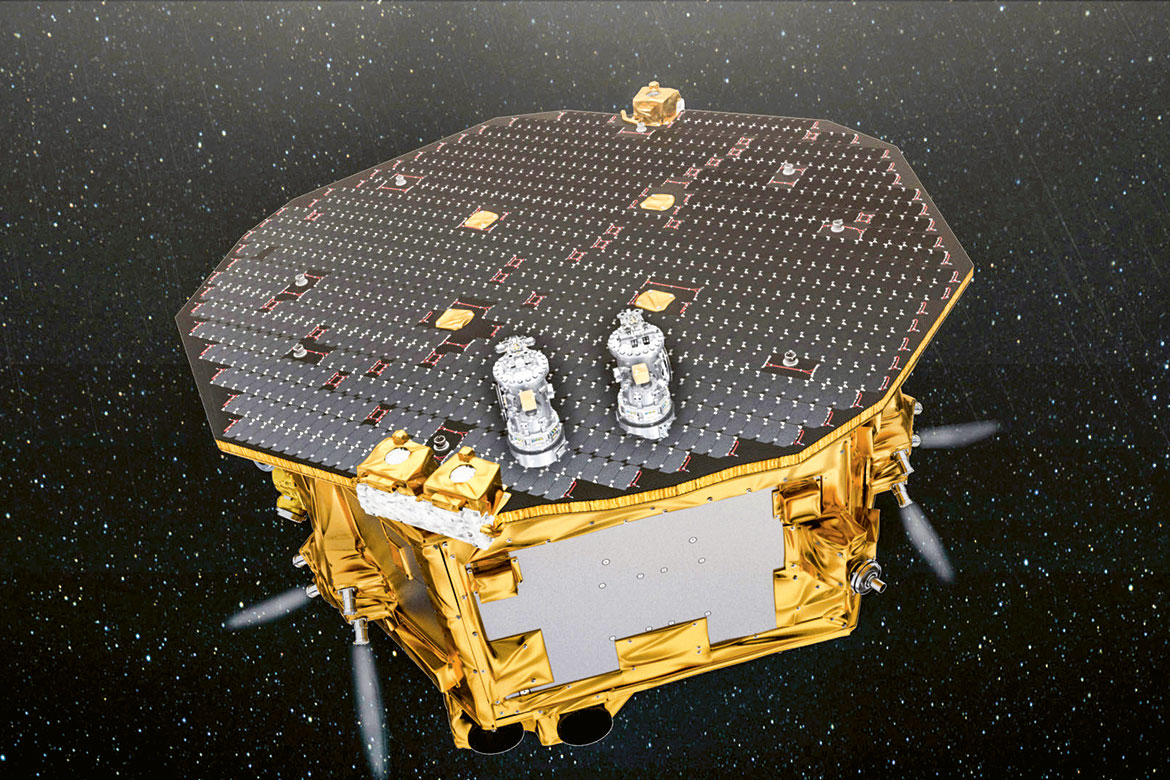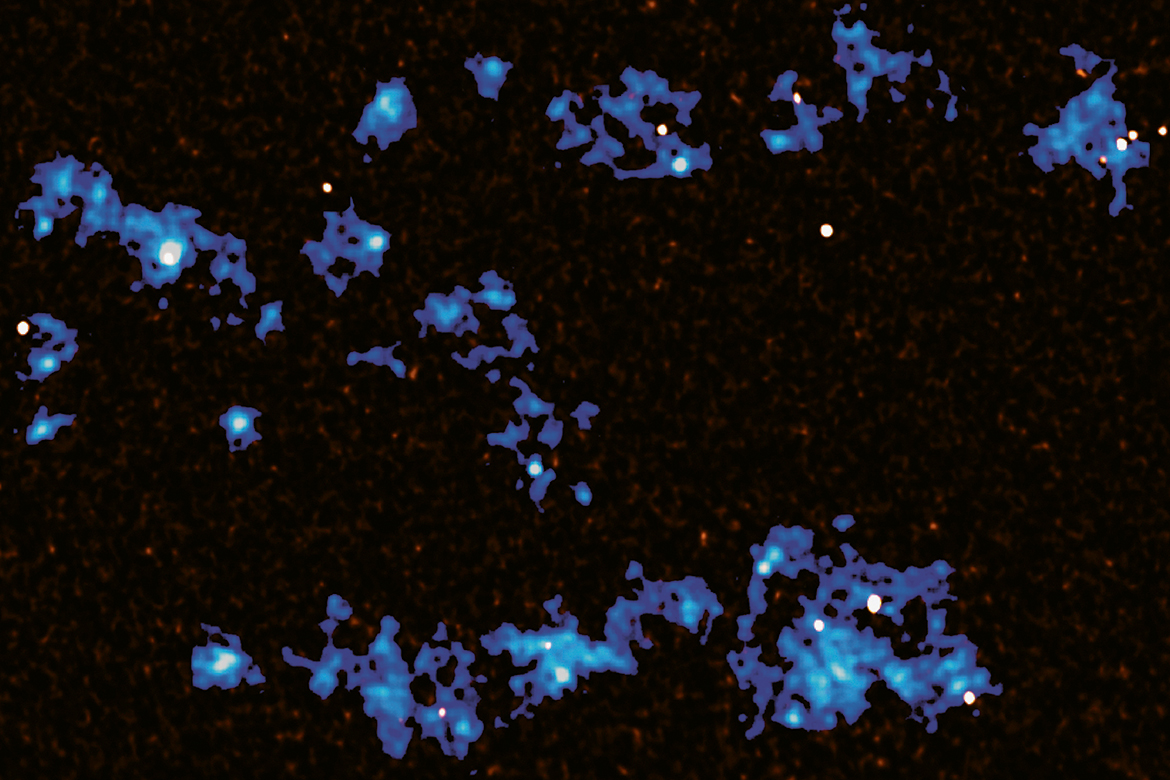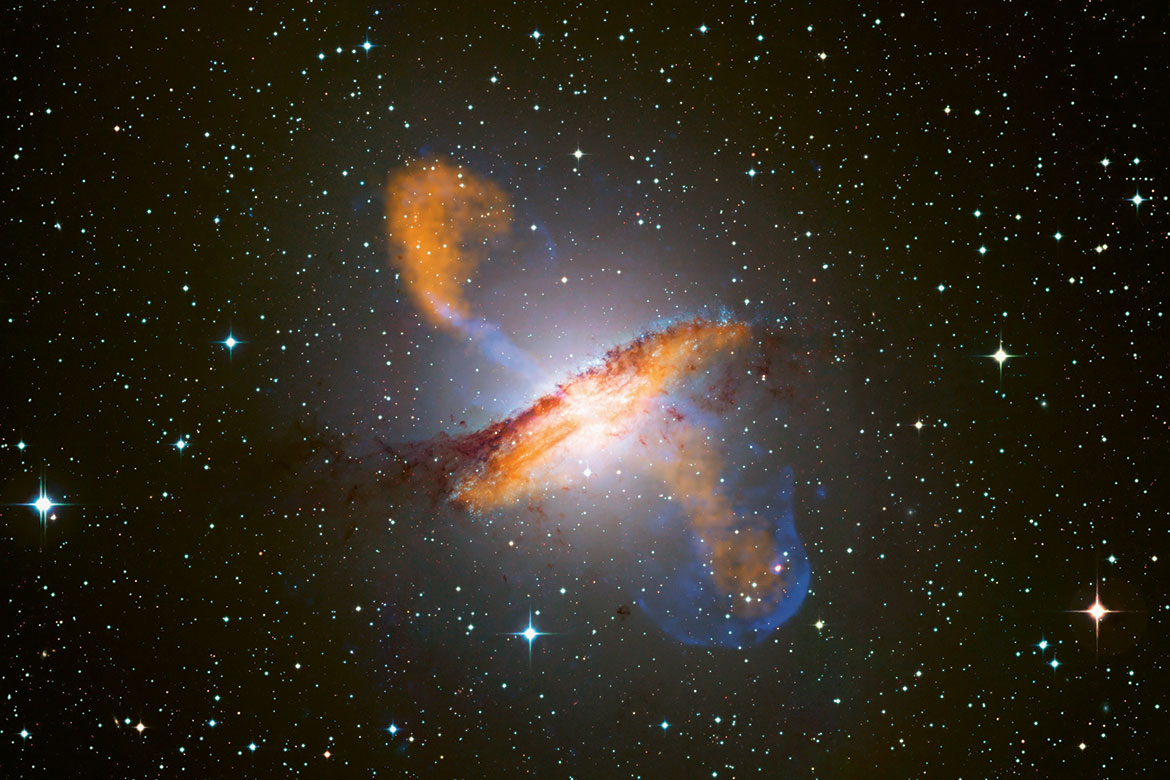How to hear the Big Bang
When gravitational waves were first observed in 2015, a new kind of astronomy was born. Now scientists are already anticipating new observations, hoping to peer into the very beginning of our Universe.

Feasibility study: The LISA Pathfinder satellite investigated whether gravitational waves can be measured precisely in space. | Image: ESA/ATG medialab.
In February 2016, an announcement echoed right across the globe: the American LIGO project had confirmed its detection of the gravitational waves created by the fusion of two black holes, more than a billion light-years away. Since then, five similar observations have been made, confirming that these phenomena are observable with highly sensitive instruments. A new discipline was born: gravitational astronomy.
At EPFL, Daniel Figueroa now wants to see if this approach could provide answers to a literally primordial question: is it possible to ‘see’ what happened during the first few moments after the Big Bang? “Since gravitational waves are not hindered by matter, they could have propagated throughout the Universe since it began”, he says. If so, today they would make up a kind of uniform background that would be perfectly similar for all observers, wherever they are in the Universe.
Ultrasound of the cosmos
Gravitational waves are oscillations of the curvature of space-time. In principle, they are generated during the acceleration of super-massive structures (e.g., stars, black holes). Yet despite no such massive objects having existed just after the Big Bang, gravitational waves could nonetheless have been generated at that time by the rapid expansion of gigantic masses of particles. According to Daniel Figueroa, “they are the only observable phenomena that could bear direct witness to the first moments of the universe”.
This hypothesis is based on solid foundations, says Rainer Weiss, a researcher at MIT and 2017 Nobel Laureate in Physics for his work in this field. Especially with regard to the so-called inflationary epoch, when the expansion of the Universe was at its fastest. “Of course, many renowned cosmologists have developed models of inflation that defy gravitational wave emissions”, he says. “But that doesn’t make this question any less interesting, on the contrary”.
Physicists have defined five different periods in the first moments of the Universe, from the Planck epoch (10-43 s), which provides the grounds for mathematical speculations, to the Hadron epoch (0.000001 s), when the constituents of matter as we know it today were formed. From an astrophysicist’s point of view, this microsecond was richer in events than the millions of years that followed it.
But these are still theoretical models. Confirming or rejecting them will involve actual observations. Specialists are therefore eagerly awaiting the commissioning of the unique LISA space observatory set for 2034. It will be composed of three laser-beam reflecting satellites situated 2.5 million kilometres apart. Together they will be able to detect minute variations in distance (about 10 picometres, the diameter of an atom) and thus gravitational waves of a type different from those observed until now.
Figueroa and his colleagues around the world hope particularly to date the primordial signals that LISA should be able to detect. One hypothesis is that these waves are distributed normally, according to Gaussian law, like standard gravitational waves and most random natural phenomena. “In this case, it would probably mean that they go back to the time when matter was organised into quarks, about 0.0000000001 seconds after the Big Bang”, he says. If not, and there’s a non-Gaussian distribution of these waves, it could mean that they date from earlier, when the Universe was only 10-36 seconds old. This corresponds to the beginning of a brief phase of extreme expansion, or inflation, in which the laws of standard physics did not yet apply as a whole.
According to Weiss, however, many theoretical models predict that the gravitational waves from the Big Bang may not be strong enough to be detectable by LISA. “Many of us think that we will have to wait for a more sensitive instrument to measure them directly. But there are some ideas about increased energy densities at the end of the inflationary epoch that would be just powerful enough for LISA. Anyway: whether we detect them or not, it could inform our thinking on the unification of quantum theories and gravitation, which is one of the biggest questions in physics”. Enough to project us even closer to our origin, 13.8 billion years ago.
Lionel Pousaz is a Swiss journalist living in Boston, USA.




